
In this review there are two products on test - the Patagonia Triolet Jacket, and the stuff it's made from, namely Gore's new ePE membrane. There's a lot to say about both, but you can't comment on the former without some analysis of the latter. We've been reviewing waterproof jackets and their membranes for years, so what is the difference this time? Well, it may be no exaggeration to say that ePE is one of the biggest changes in the outdoor industry since Gore-Tex was first introduced to the market many decades ago. The brand's dominance means that a major change in its approach will make a massive difference across the industry.
Gore-Tex: ePTFE, ePE and PFC Free DWR Treatments - what's the difference?
There is a lot to say about the subject and it's impossible to do so within the space of a single review. It also helps to know about the history, what Gore-Tex actually is, how it works, and what the changes to ePE and PFC-Free DWR treatments mean for us as end users. I've covered how it works in practise below, but if you want more detail it's worth reading our article on the subject:
In Use
The Triolet is pitched as an "alpine workhorse", but given that this review has been written with the UK in mind it's perhaps better to describe it as a "British mountain mule".
It's definitely been built to withstand serious weather, with a generous, protective cut, a proper hood, and a burly 75 denier outer. At 510g it's not the lightest, but it's not designed to be. It's designed to be comfortably worn in the worst weather and live up to longstanding use and abuse. This it ought to achieve with flying colours.
It's capable of year-round use, both summer and winter, whether that be for hillwalking, scrambling or mountaineering. It's hard to pin down exactly what this shell is best at, because it's suitable for so many different things, and does each one well. It's an all-rounder that would be equally at home on a Wainwright or Munro in summer as it would on Tower Ridge or Ledge Route in winter. The fact it has quite a big, burly and protective feel only adds to its appeal, not just because it's capable of keeping the weather out, but also because it feels like it's built to last.
I'd happily use the Triolet on more technical ground too, as its cut, coupled with its burly outer, would make it ideal for Scottish winter climbing - perhaps even more so than the Patagonia Super Alpine Jacket we've also currently got out on review, since the Triolet is much the thicker and more armour-like of the two (and in Scotland you often want something bombproof).
When it comes to the performance of the ePE membrane and PFC-Free DWR treatment it's probably worth reading the article referenced above, but for those who don't have the time here's a very quick summary.
Gore's new ePE membrane is as waterproof and as breathable as a traditional ePTFE membrane, but there are pros and cons to the new fabric and its DWR treatment. The good news from a sustainability perspective is that both membrane and treatment are PFC-free; its manufacture has a lower carbon footprint; and it features recycled materials throughout both the backer and face fabric. It also has a slightly softer feel than old-school Gore-Tex, which is noticable in the case of the Triolet, because ordinarily a jacket featuring a 75 denier outer would feel a little like chainmail, whereas the Triolet is a lot more flexible.
On the flip side, there are limitations to its PFC-free DWR treatment. The role of the DWR treatment is to stop the jacket's exterior 'wetting out', by allowing water to bead off. These treatments aren't permanent though, and wear out in time. When they do, the face fabric will begin to absorb water. This affects the jacket's breathability, which in turn leads to condensation building up on the inside, giving the jacket a slightly cold/damp feel. Wetting out is something worth avoiding, and the way to do so is to wash and proof your jacket more often. With a PFC DWR you didn't have to do this very often, but with a PFC-free DWR, you really do. It's best to think of it like a base layer or t-shirt - if you've been wearing it on the hill for a few days, it's going to need a wash.
It's always amazed me how little care people provide what is likely to be the most expensive piece of equipment they own. The additional benefit of washing and proofing your jacket more frequently is that it'll last a lot longer.
Finally, it's worth mentioning that this is a huge - and necessary - change for the industry and I for one will be wearing my new ePE jacket with pride.
Fit
The sizing of the jacket is definitely generous, so much so that in retrospect I wish I'd gone for a size down. I'm usually a Medium, but in this case I suspect a Small would have been better. The benefit to this is that for winter use it does allow multiple layers to be worn underneath with ease, so bear in mind what season you'll be out in whilst you're trying it on (and try it on if you can - it's always worth double checking, just in case).
The cut itself is fantastic, with superb freedom of movement, and limited hem lift whilst raising your arms. On the note of arms, they've got good length to them, and a decent cuff, so getting a good seal around the wrists (with or without gloves) is nice and easy. Overall it's hard to find fault with the fit, because aside from sizing up a little larger than expected it's absolutely spot on.
Features
The Triolet features four external pockets: two side pockets which are ideal whilst you're walking (but covered by a harness whilst you're climbing), then two chest pockets which are usable pretty much all the time, whether that be for map, compass, topo, snacks, or whatever else you think to put in them. There's also a mesh pocket on the inside. Given how many other pockets there are, I haven't used this last a great deal, but it's nice to have the option (and it doesn't add much weight).
The hood has enough volume to fit a helmet underneath it with ease, and enough adjustment to cinch it up tight if you're not wearing one. There are two methods of adjusting the volume, one around the cradle and the other around the rim. The only criticism I have is that the adjustment around the cradle has elastication that runs right over your ear, which isn't the most comfortable if you're wearing it without a hat, although if you're wearing it with then it's unlikely you'd notice. The hood also features a wired and laminated peak, which gives good stability in high wind. In addition it features a RECCO reflector - a safety feature perhaps more familiar to skiers than walkers or climbers, but one that's good to have whatever you're doing.
Pit-zips are something that tends to divide opinion. Personally, I'd prefer a jacket without, because if it's not raining then the chances are I'm not going to be wearing the jacket, and if it is then I'd prefer to have such a major point of weakness removed. They also give jackets a slightly stiffer feel around the arms, although in the Triolet's defence this isn't something I've noticed as much as I have with other shells. To flip my own opinions around, the reason they are popular is because of the fact they make the jacket more versatile, with the ability to open the zips and actively vent, instead of having to stop and remove it or keep it on and get hot and sweaty.
Summary
The Triolet is a superb all-rounder, capable of year-round use in a wide variety of disciplines. Whilst it comes up a little large for the stated size, the cut is absolutely spot on, with good freedom of movement and next to no hem lift. Its Gore-Tex ePE membrane and DWR treatment have the benefit of being PFC free, which is a step in the right direction, but this new fabric technology does come with caveats; in a short this is a jacket that you will need to wash much more frequently than any other waterproof you'll ever have owned. Just think of it like an electric car: they're better for the environment, but you have to stop more frequently to top them up…




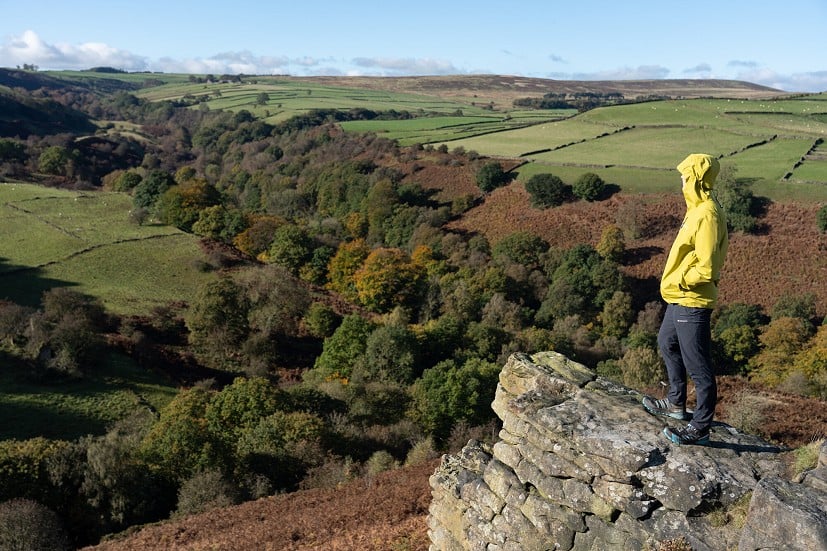
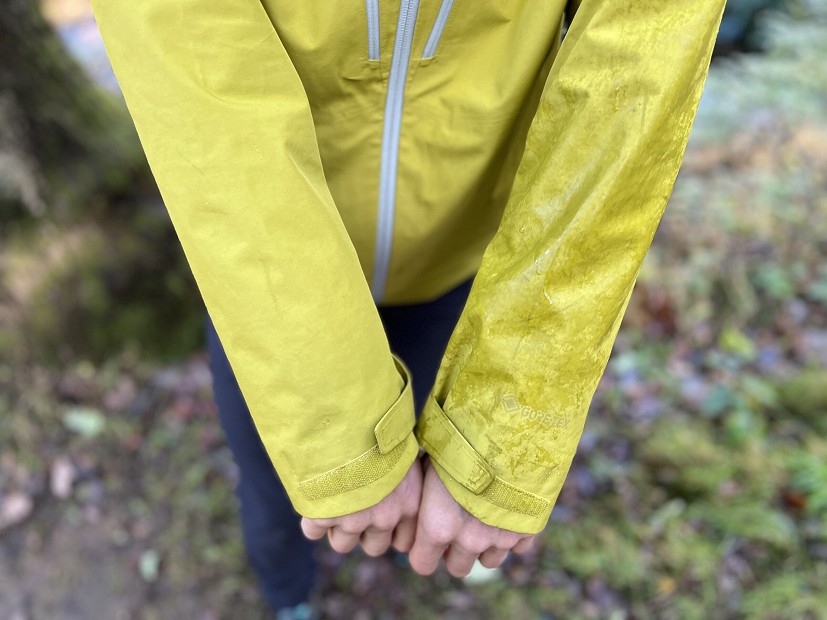

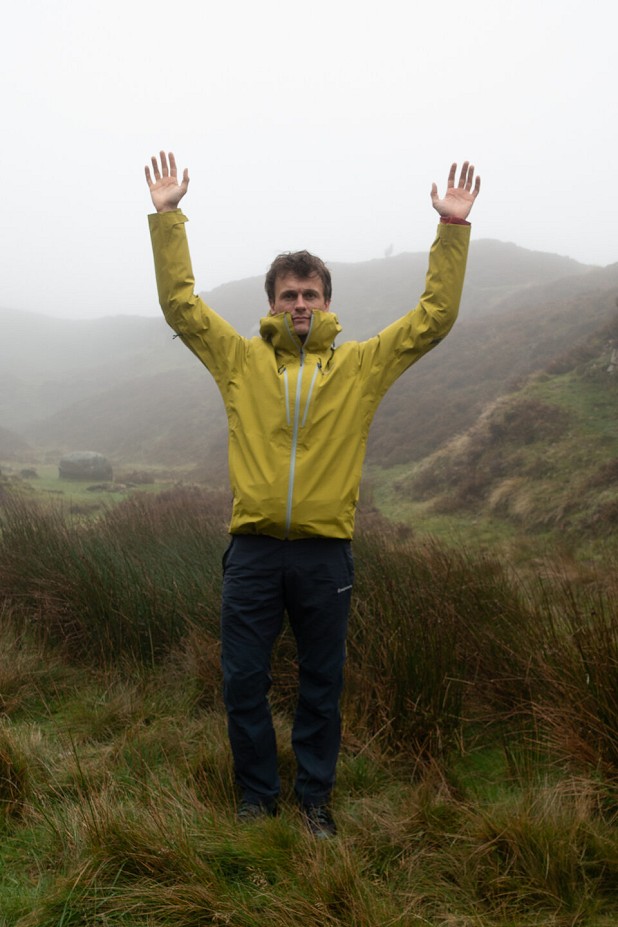
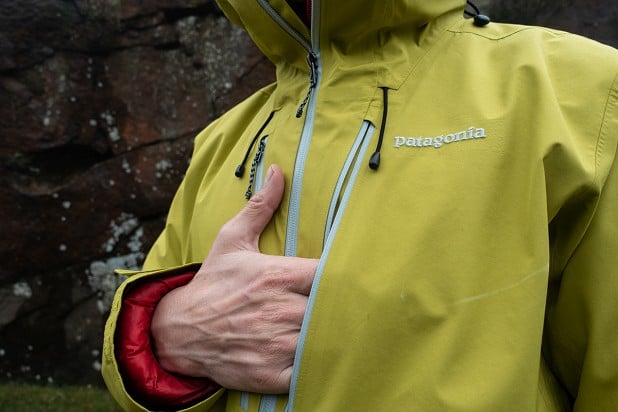
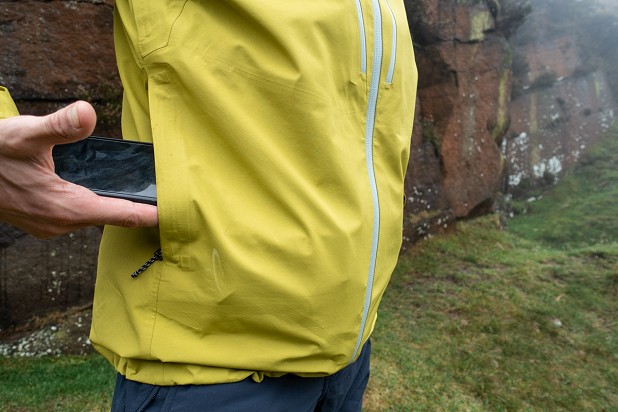
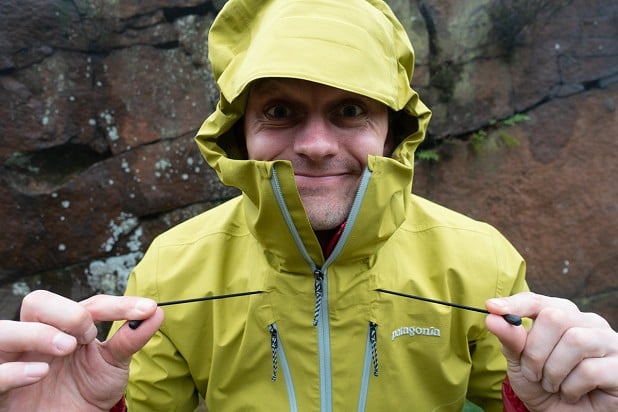
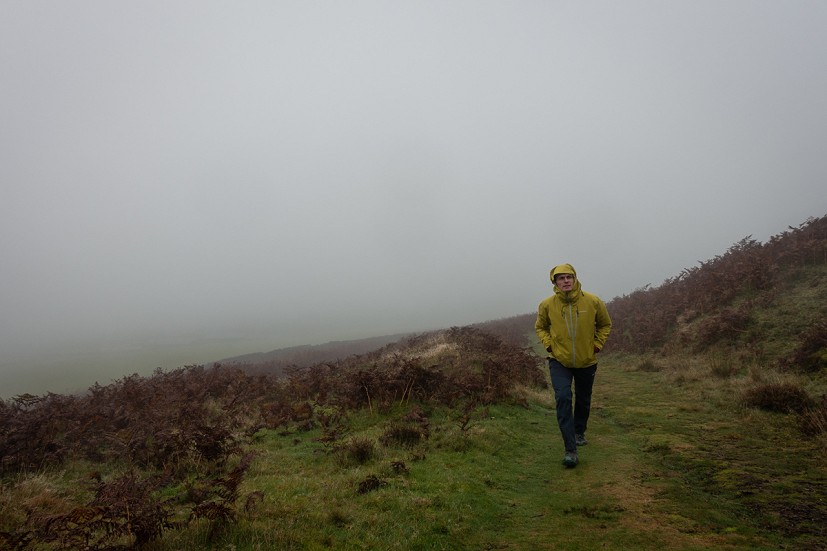





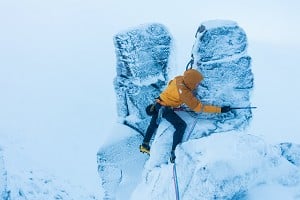
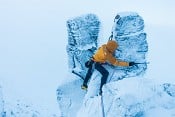






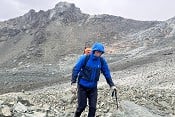


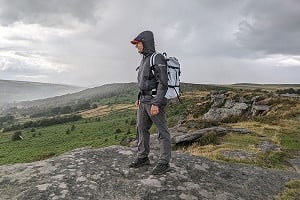



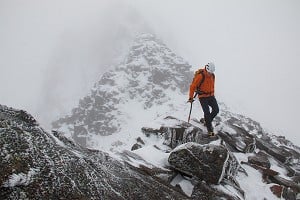

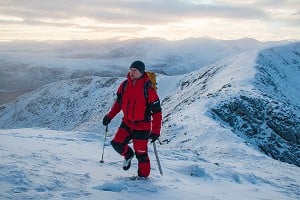

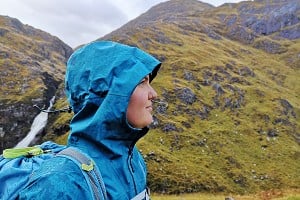




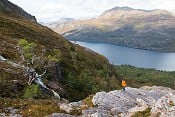





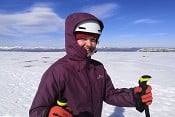
Comments
Did you get a chance to test it in hours-long rain slogs? I've a Patagonia jacket I've had for over a decade that is great apart from having a hood that channels water down to the chin guard/zip backer, which then wicks down to gradually soak across the chest. I've stuck with it since it seems a bit wasteful to ditch an otherwise sound jacket, but that's a pretty bad flaw for a waterproof, so I'd been quite tempted to replace it with a better-performing 'eco' alternative.
And do Patagonia recommend any particular wash/re-proofer?
I wasn't going to comment on prices any more but
...but...
£390???????????????
:-) But that's your thing Simes303. It keeps us reviewers on our toes thinking about that price versus value - I might even get some of those plastic band bracelets made up for the gear reviewers with instead of "WWJD? - what would Jesus do?" on them, "WWS303S? - what will Simes303 say?"
It's a lot of money but quite a lot less than the price of Goretex ProShell jacket from any of the major brands (and GORE seem not to license to non-major brands). They seem to be consistently in the GBP 450 to 550 range these days.
From Rob's other article on this new more-environmentally friendly Goretex, I think it's replacing the old mid-level goretex (very confusingly just called GORE-TEX as opposed to PRO above it or PACLITE below it). So I guess whether it's the average sort of cost, or expensive or cheap, depends on comparing to other jackets made out of the mid-level GORE-TEX.
Seems like a bargain compared to Arcteryx's top of the range (Gore Tex) jacket! https://arcteryx.com/gb/en/shop/mens/sabre-sv-jacket
£700....!
Judging by the price these jackets ask for they better be made of gold, frankincense, myrrh, be self cleaning and carry my kit to th crag for me.